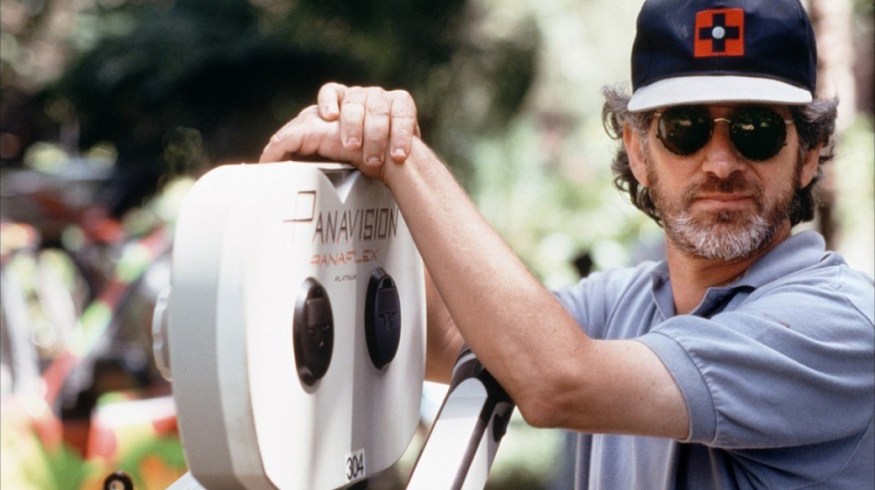
Favorite Focal Lengths of Famous Directors
Notable filmmakers develop signature styles that we recognize. Let’s look at the favorite focal lengths of a few famous directors.
Disclaimer: We acknowledge that all film directors use various lenses and focal lengths in their films and throughout their careers. We’re merely looking more in-depth at the focal lengths that may pop up time and time again in famous shots and films that we relate to famous directors’ legacies. Enjoy!
When creating a film, the director is usually considered the one person with the vision to tell the story. All parts of production feed off the director in concert to bring that vision to life.
One of the many, many decisions that a director must make going into each and every shot is on the focal length. Suppose you look back through the cinematic histories of some of the most famous directors. In that case, you can uncover patterns and rules to how these directors have made systematic use of different focal lengths to elicit different feelings, themes, and motifs to tell their story.
Sareesh Sudhakaran at Wolfcrow.com put together a comprehensive breakdown of how nineteen famous directors have used specific focal lengths in their films and which ones are most representative of their work.
You can watch his entire video here or at the bottom of this post, but here are his findings.
Orson Welles: 18mm and 25mm
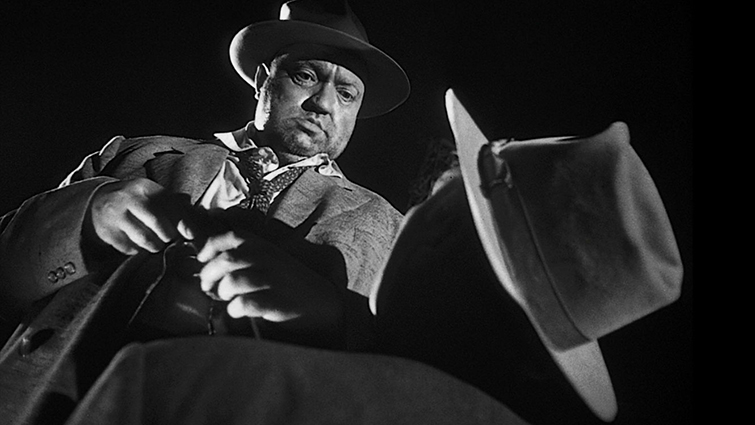
Like many directors of his era, Orson Welles mostly shot scenes with wide focal lengths and little movement. Instead, the characters moved between the composed fore and backgrounds within the frames.
Sudhakaran points out that the two prominent focal lengths Welles used in his most famous films were 18mm (Touch of Evil) and 25mm (Citizen Kane).
While not too wide, the wideness allowed Welles to “get that deep focus and majestic blocking over long takes.”
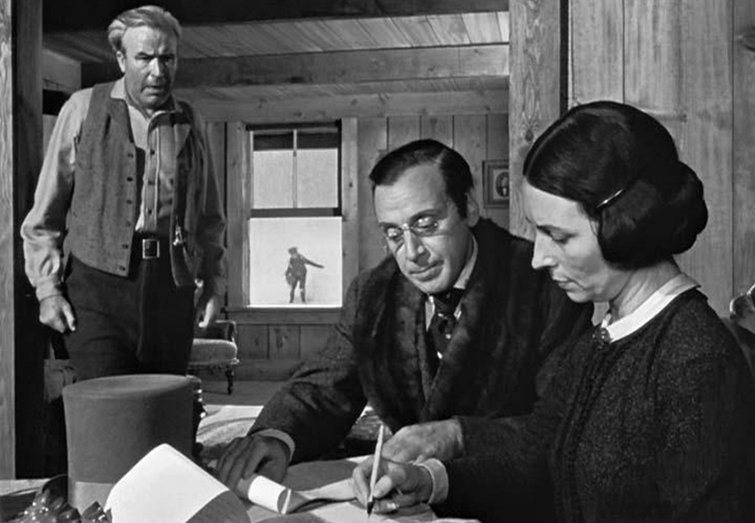
Other directors who often favored wide angles like 18mm and 25mm were Jean-Pierre Jeunet in Delicatessen and Roman Polanski in Rosemary’s Baby.
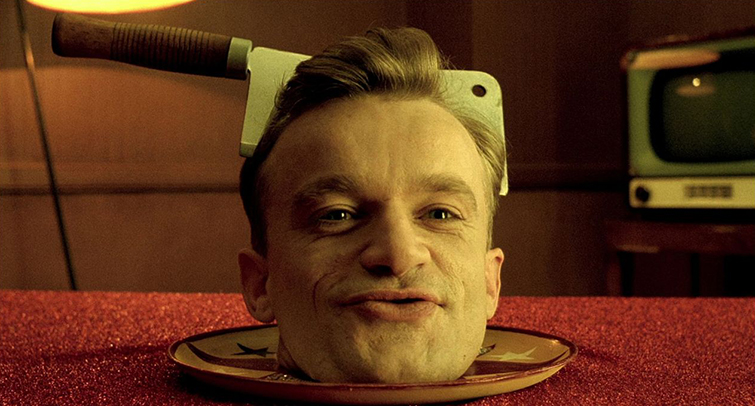
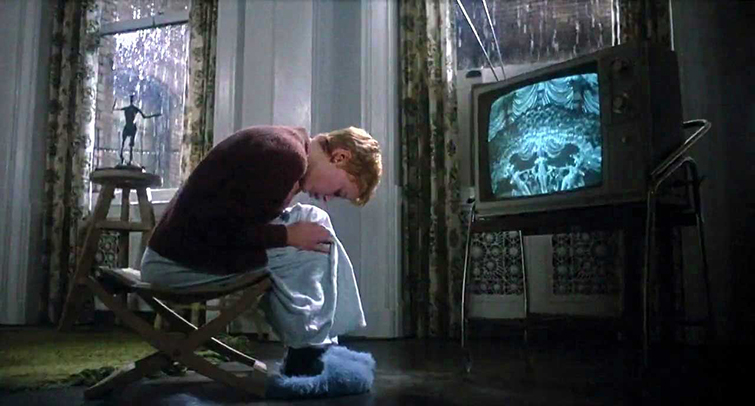
Steven Spielberg: 21mm
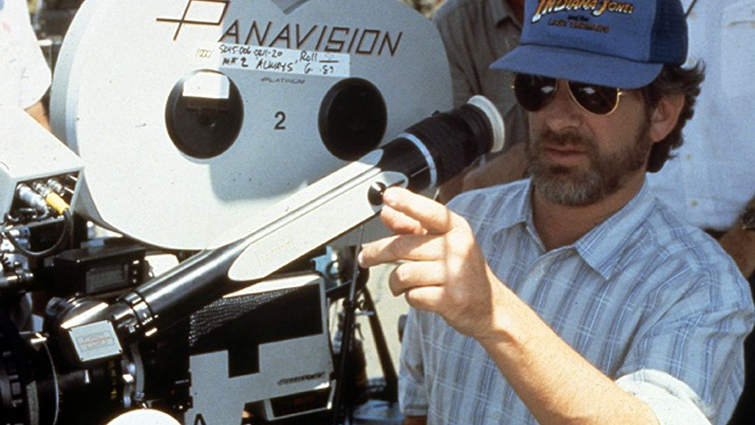
According to Sudhakaran, “Spielberg reportedly sees the world through 21mm,” which can be traced throughout his vast filmography.
The Oscar-award-winning director makes heavy use of his preferred wide-angle lens, letting the characters of his films move throughout their frames.
His style is similar to Orson Welles, Sudhakaran argues, as he uses blocking within his shots better than anyone.
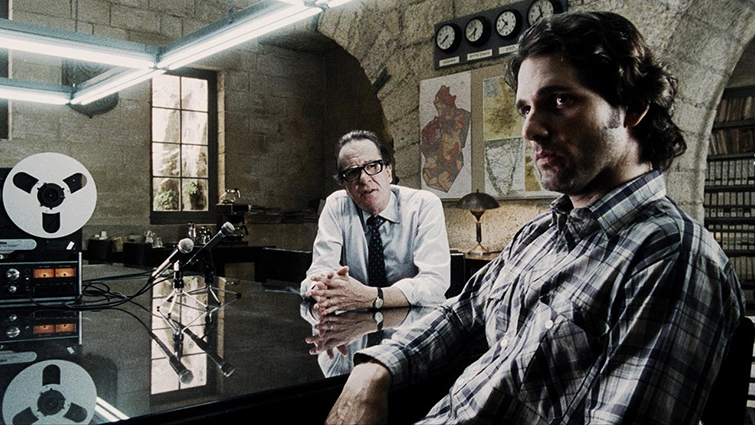
Other directors who predominantly use the 21mm wide-angle are Tim Burton and Martin Scorsese.
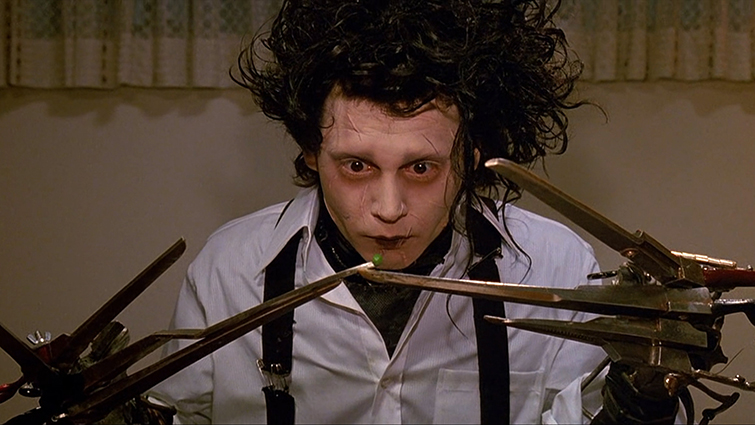

The Coen Brothers: 27mm
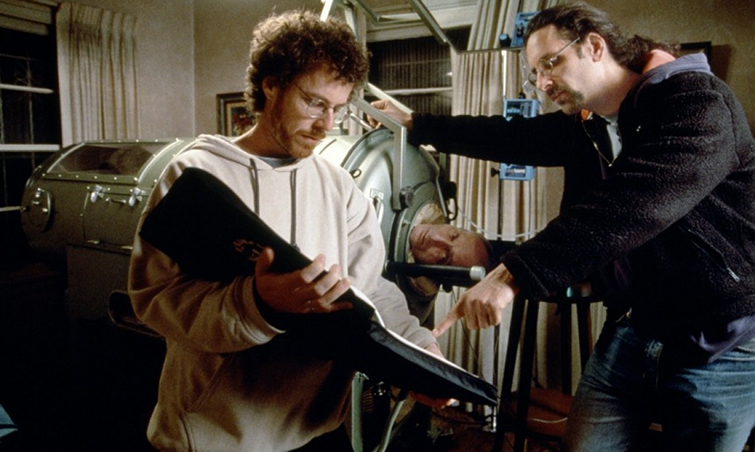
The Coen Brothers (Joel and Ethan Coen) join the long line of filmmakers who prefer the wide-angle approach. Although they vary from film to film, Sudhakaran claims that 27mm is their true favorite focal length.
Sudhakaran points out that David Fincher, like the Coen Brothers, is another director who varies his lenses, but makes the most use of the 27mm.
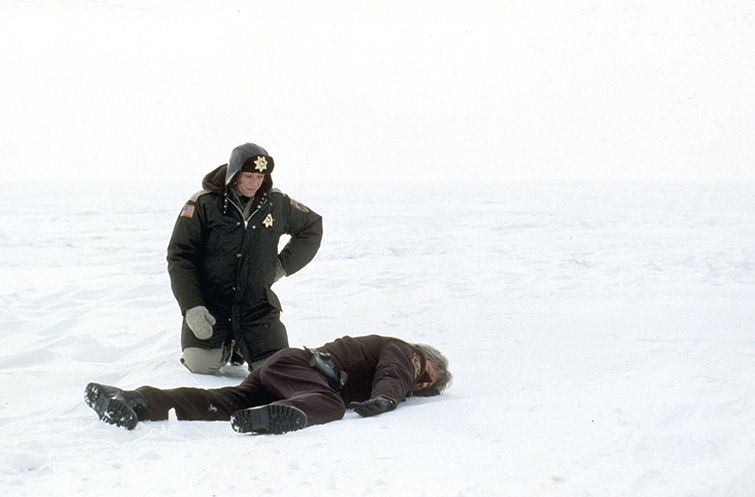
Directors like Wes Anderson have made heavy use of wide lenses like the 27mm, but in a different format. Wes Anderson likes to use anamorphic lenses, which, while more comprehensive, creates the same compression as a non-anamorphic lens.

Alfred Hitchcock: 50mm
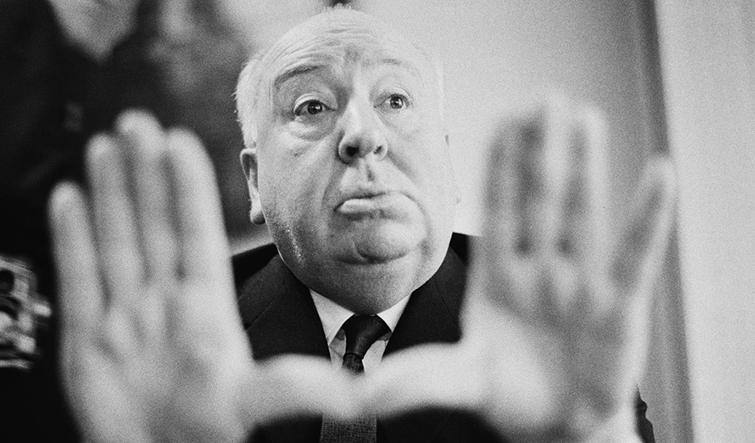
Ever the perfectionist, Alfred Hitchcock preferred the 50mm for most of his films, as it was the closest to the “natural field of view,” according to Sudhakaran.
He even went as far as to have his film sets built to accommodate best the framing he’d need for the 50mm field of view.
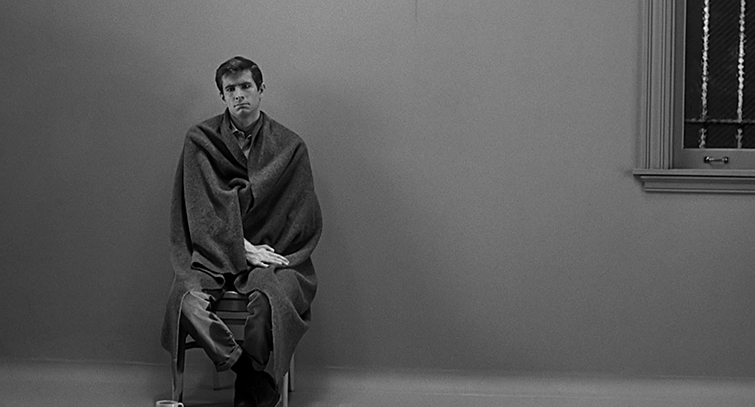
Famous international filmmakers like Robert Bresson and Yasujiro Ozu also preferred the 50mm and would make adjustments to their sets to accommodate the lens.
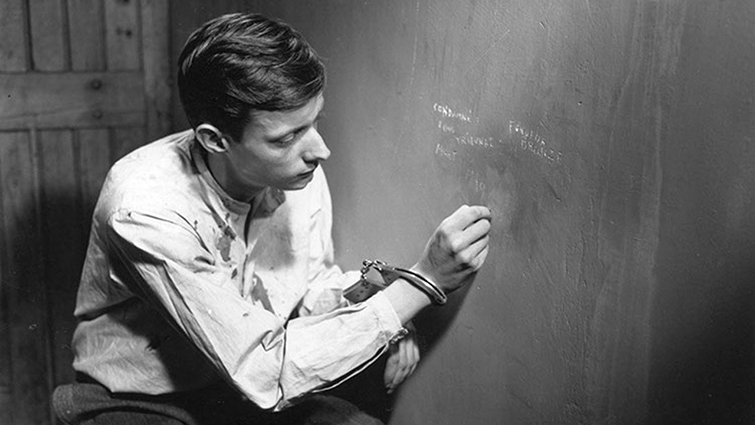
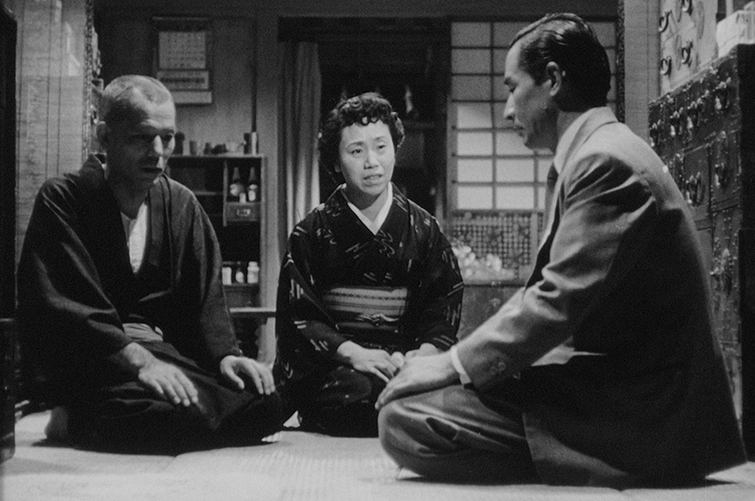
Ridley Scott: 75mm+
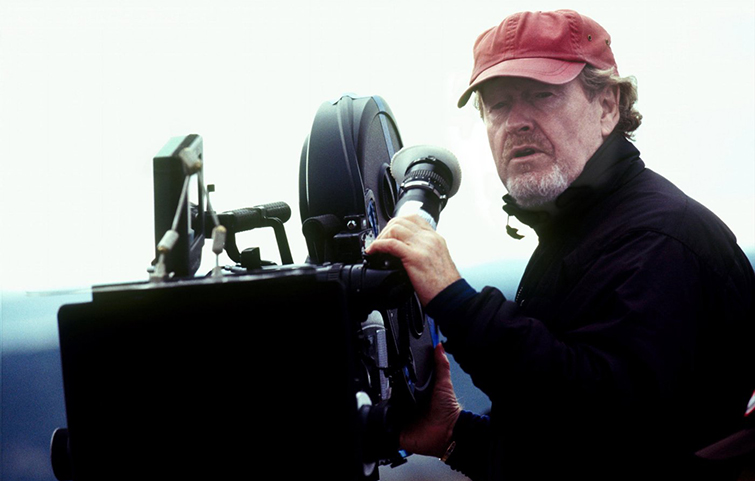
Ridley Scott is a rare director who prefers to use long lenses. For 1979’s Alien, he used anamorphic 75mm and above.
Sudhakaran also notes Scott’s affection for using zoom lenses, and shooting spherical and cropped for widescreen. His shots are well-composed, but lose some depth that accompanies wide focal length shots.

Sudhakaran points out that one of the most famous directors in film history, Akira Kurosawa, is often believed to have used long zoom lenses, but mainly worked in the 35mm to 50mm range.
Only occasionally would Kurosawa use telephoto for its extreme compression.
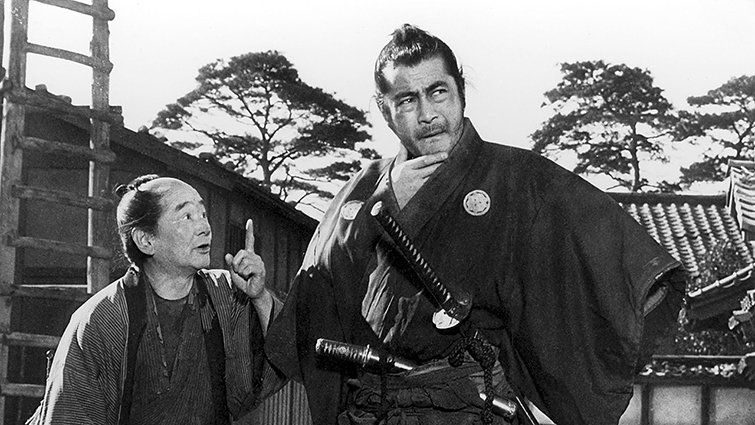
If you’re interested, Sudhakaran has charted the preferred focal lengths of nineteen of his favorite directors, which you can view below.
You can also watch his video on the subject to get the whole experience.
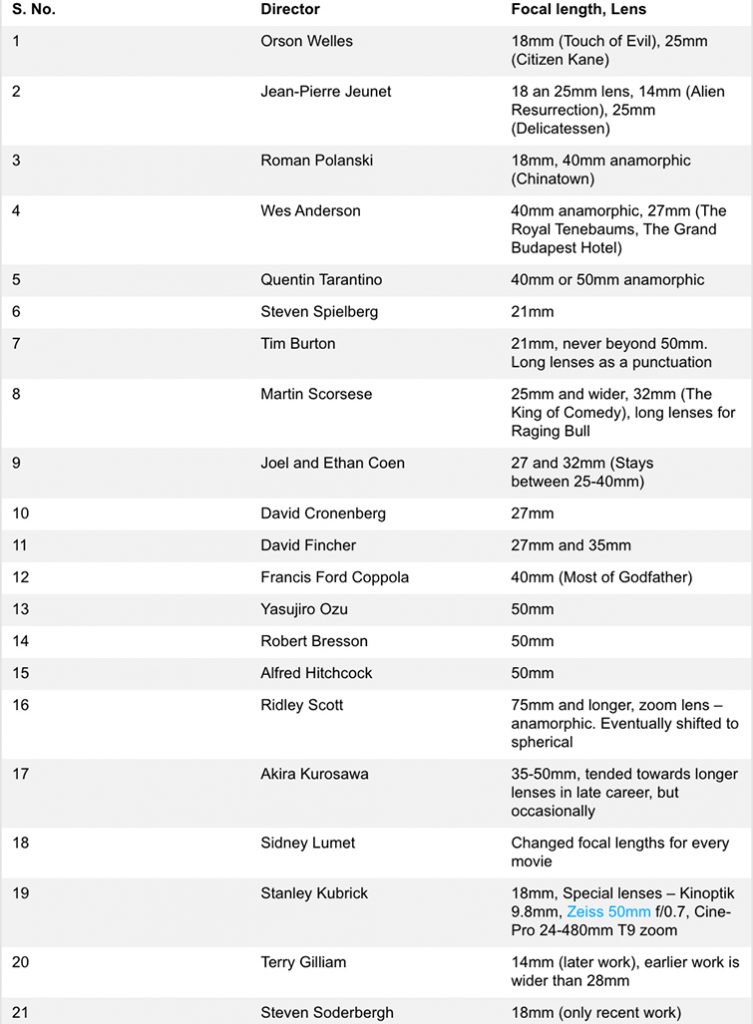
For additional filmmaking tips and tricks, take a look at these articles:
- The 6 Best Filmmaking Cameras Under $1,000
- The Filmmaker’s Guide to the Establishing Shot
- A New Take on Classic Horror with DP Ricardo Diaz
- Break Genre Rules Like a Master Filmmaker
- Up Your Game: 6 Budget-Friendly Slow Motion Cameras
Cover image via IMDb.





